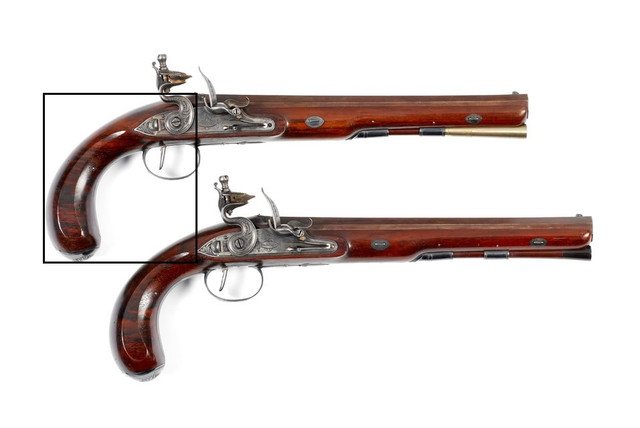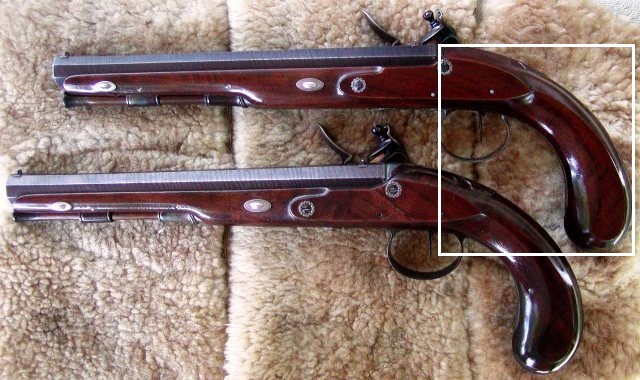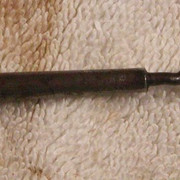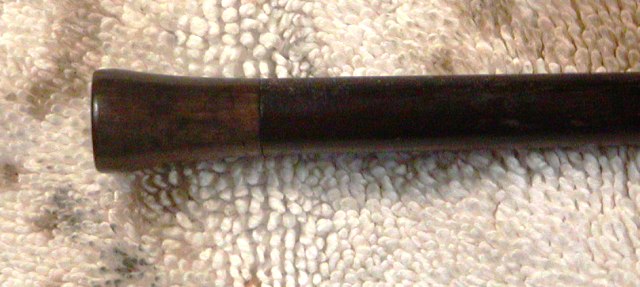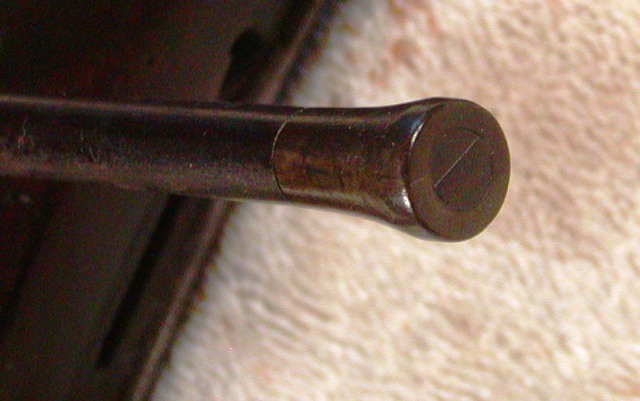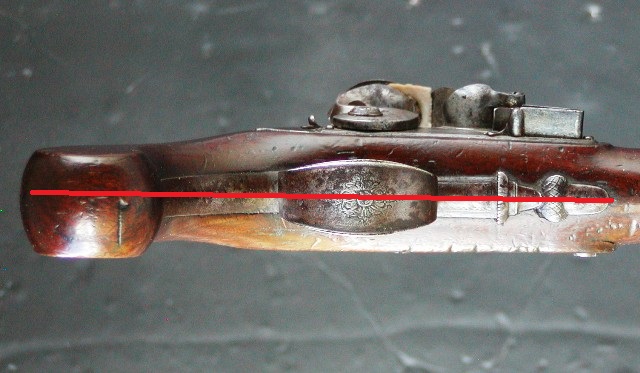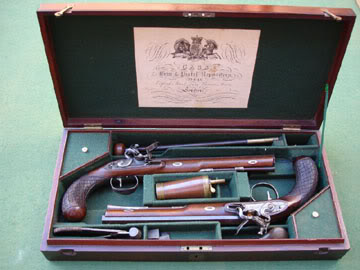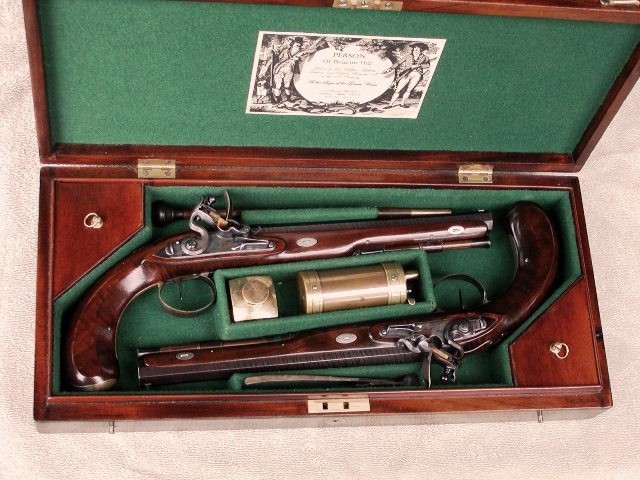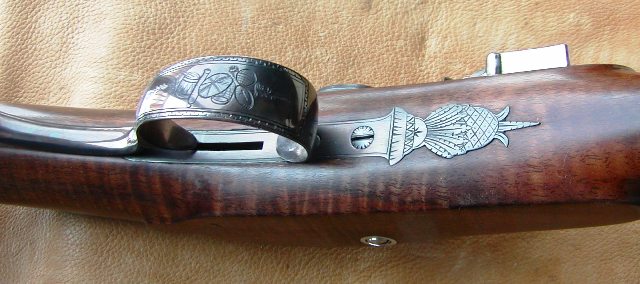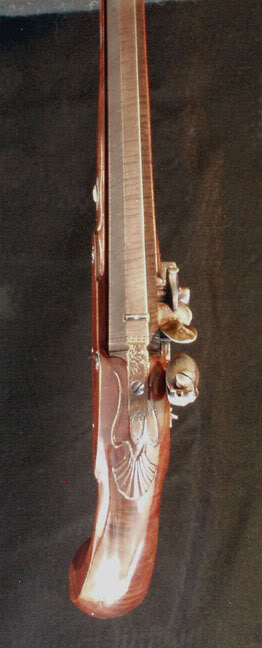Hi,
All this brings me to the topic of how do you build pistols like these and in particular, like Wogdon's? The pithy short answer is, it is not easy. I am just going to focus on British dueling pistols from the fourth quarter of the 18th century. No other guns. Let's start with the easy stuff. There are great barrels by Rice, Rayl, and Hoyt that are perfect. Any nicely swamped octagon pistol barrel between 9 and 10" will work. Ideally, they should be smooth bored but given we don't fight duels today, rifled barrels make fine target pistols. Here are two from Rayl.
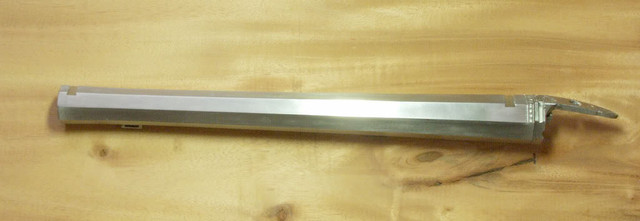
[/url]
For Wogdon's early "French" barrels, you need to find nice tapered or swamped round barrels 8-10" long. You want the barrels to be at least 7/8" at the breech but 1" is better. Filing the top flat is not hard but it takes some skill to keep it even. Octagon to round barrels were rarely used after about 1770 and before the dueling pistol fully evolved. Lugs can be soldered or mortised but it is best to make the loops at least 1/8" wide. Standing breeches were always fitted. It is harder to find them now and few have the proper lugs on the bottoms. TRS sells some that are the right size.
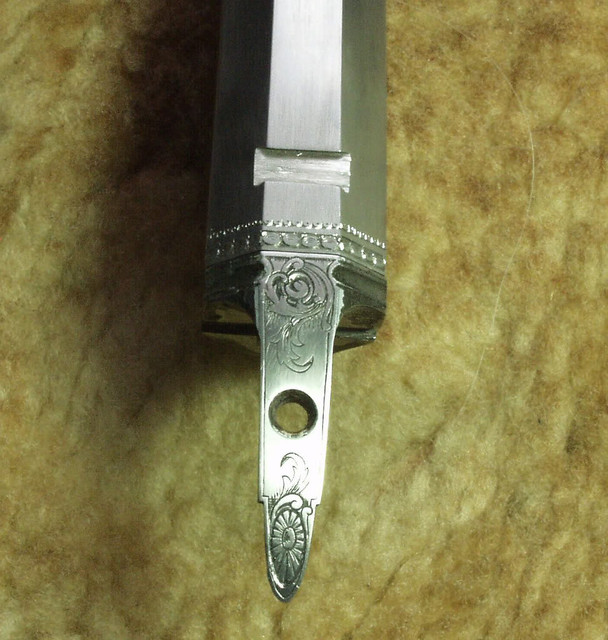
Contrary to rubbish occasionally encountered in print and online, British pistols made for dueling had front and rear sights. The sights were usually shaped to allow quick aim and snap shooting but they also could facilitate deliberate aim. On Wogdons, the rear sight is part of the standing breech and is fixed. On the pair I made, I dove tailed them into the barrel so they could be adjusted since the owner was a target shooter. Wogdon's rear sights had a wide "U", narrow "U", "V" notch or a combination of those things. The front sight may be mortised in place or mounted on a dovetailed base that could be adjusted for windage. The sight was not soldered on the barrel.

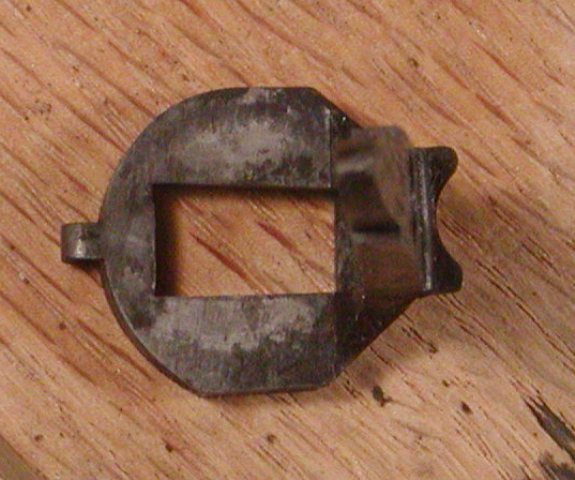
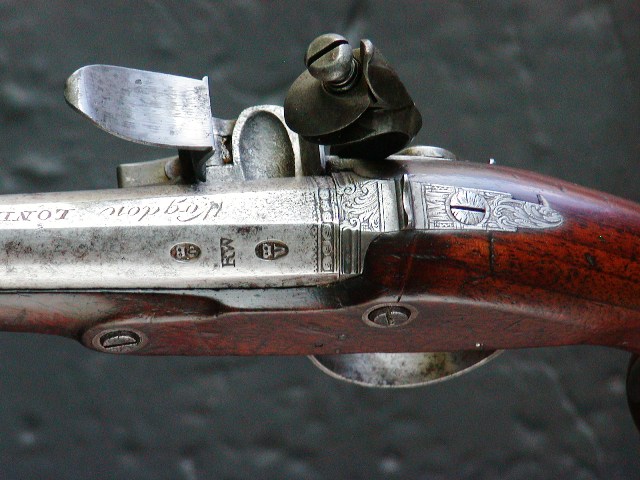
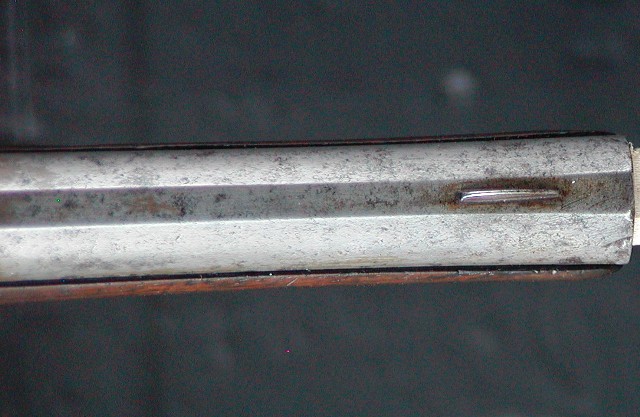
The biggest problem are the locks. Nobody makes a good pistol lock the right shape and size. They are all too big and awkwardly shaped. Most dueling pistol locks are less than 4 1/2" long and ideally about 4 1/4" and they are all flat faced. That rules out all commercially made locks except the Davis "Becky" lock, which is no longer available and would need a lot of work to bring it up to the standard of originals. Here is a photo showing Chambers late Ketland, Rice's new so-called "Nock" lock, and one of Wogdons locks. Admittedly, the Wogdon lock is on the small size for later dueling pistols but only by about 1/2".
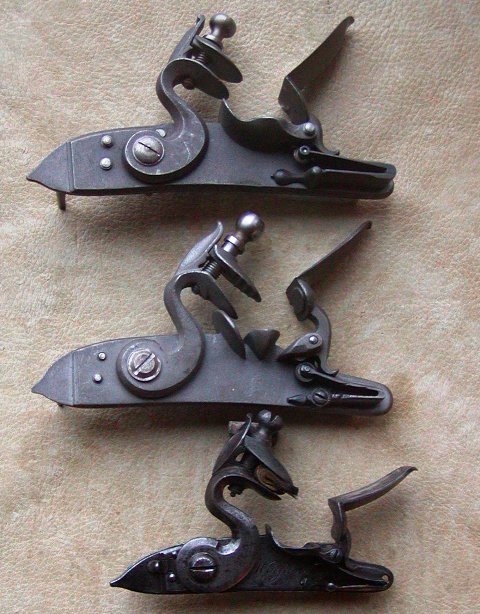
Some folks use L&R's Bailes or "Baby Manton" lock. It is still too long and has a slightly curved plate that usually results in awkward looking pistols. You cannot achieve the Wogdon profile with any of those locks because Wogdon pistols start to angle down into the handle within 1/4" of the end of the barrel.
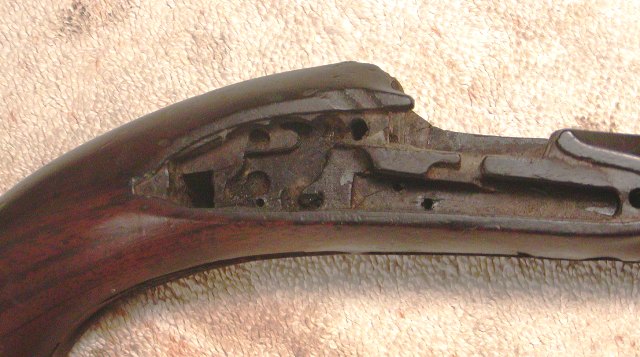
The commercial locks are too long and too fat in the tails for that profile. Currently, the only historically accurate option is to buy castings from Blackley's, TRS, or Chris Hirsch. Chris has a nice pistol-sized lock but it is of a late flint design not found on Wogdons. However, for early 19th century duelers it should be fine. Not all Wogdon's pistols had safety bolts so that feature is not required.
Not all dueling pistols had single set or "hair" triggers but the vast majority did after 1780. The best option is the single set trigger made by Davis but you will want to file away the scroll stuff on back of the trigger. For Wogdons, you also want to bend the trigger straight down into a "stick" trigger. I am not sure if Log Cabin is still selling them but it is a really good option.
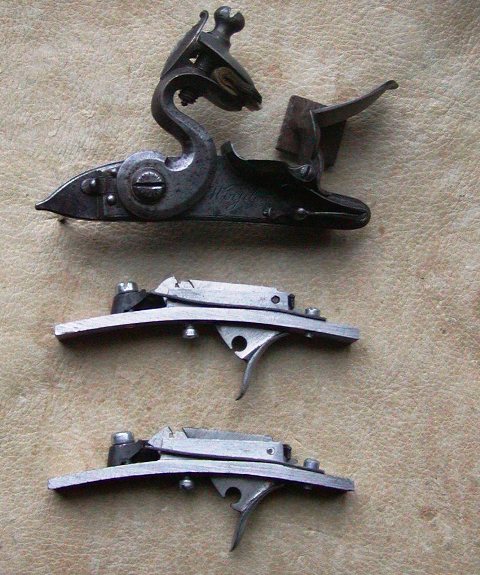
Hardware mounts are either steel, iron, or real silver, never brass or German silver. Some of the short cast steel pipes are fine but you want them 5/16" not 3/8" in diameter. Making them from sheet steel is also an option. Some pistols had but caps. On Wogdons, these were usually simple round or tear drop shaped caps held on with a screw into the end. Occasionally, pommel handled pistols were made often mounted in silver. However, most probably had no caps at all. Trigger guards are a problem. No one makes a correct guard. They all have bows too small. Dueling pistols had large bows around the trigger. During the 1770s-1790s the acorn finial would be common. Beginning in the 1780s until the end of the flint era, the pineapple finial dominated. A few silver mounted pistols had unique cast finials but the acorn and pineapple were the most common by far.
I had to weld up my own because there are no good commercial options. Hooked breeches with barrel keys are universal. The heads of the keys are usually shield shaped, not ovals. Commercial cast keys will work can be shaped correctly. Get the thinnest you can. Otherwise make them from flat steel bar. They are always slotted and pinned to the stock. Side plates are usually replaced by simple washers of steel or silver. A few pistols had elaborate side plates usually of silver.
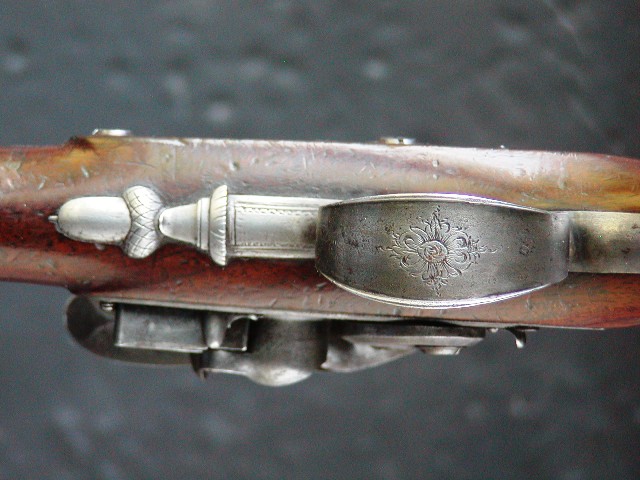

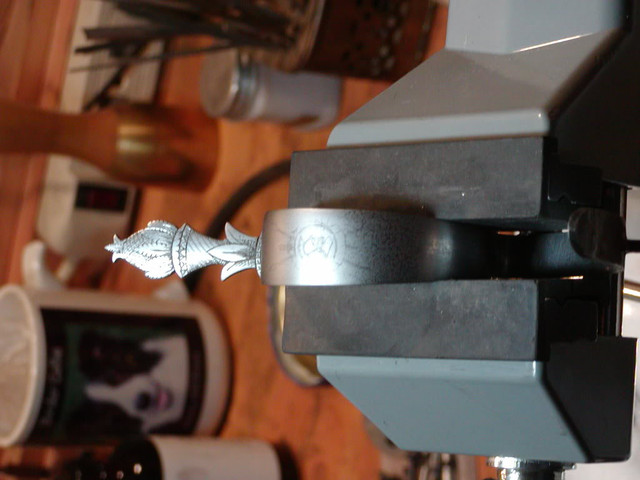
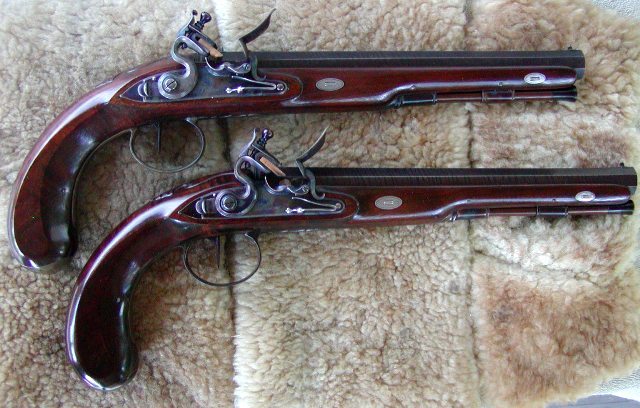
Stocks are English walnut although American black walnut will do in a pinch. They are made very plain and the vast majority of true dueling pistols had no carving. Wogdons are almost always full stocked although a few half stocked examples are known from late in his career. They also may have been altered later in their working lives. The famous Hamilton-Burr pistols were almost certainly full stocked in wood. The heavy brass fore stocks on them now were added later and butchered the elegance and handling of the pistols .
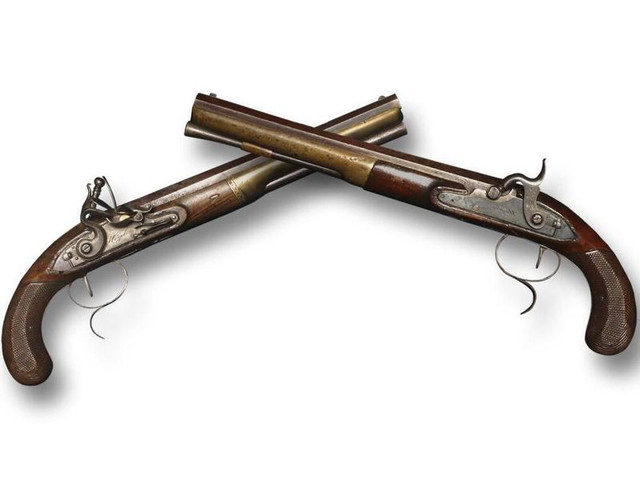
The handles were either bag or cane handle types although some had pommels. Wogdon flattened the sides of his cane handles and those flats blended smoothly with the tails of the lock and side plate panels. I discussed the "Wogdon square" previously. Unlike horse pistols, dueling pistol handles often do not extend below your palm when held. No extra wood is left anywhere. No silver wire, maybe simple oval barrel key escutcheons, no muzzle caps. A simple silver wrist plate was sometimes installed to be engraved with the owner's monogram. Frequently, particularly late in the 18th century, the grips were checkered. First, the coarse early style and later fine more modern looking checkering.
Barrels are browned and the stub, stub twist, and Damascus barrels used showed brilliant and beautiful patterns. The locks and iron and steel hardware were likely charcoal blued. One bill shown in O'Sullivan and Bailey's book indicate Wogdon offered colored case hardening. Stocks were varnished and had a satin or slightly glossy finish. No modern dull "in the wood" oil finishes were used. Finally, all trigger guards, butt caps, standing breeches, and barrel breeches were engraved. No poor boy pistols here.
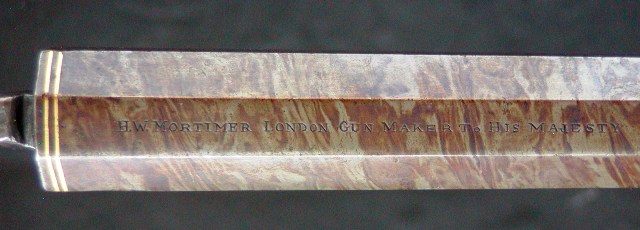
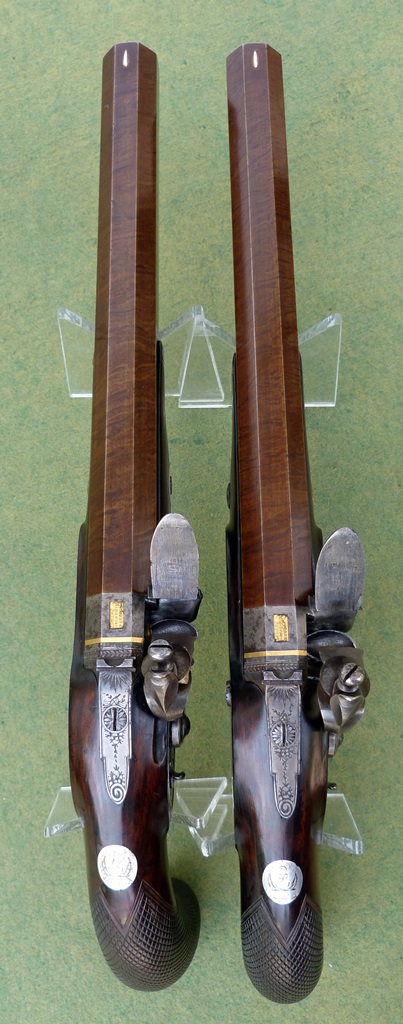
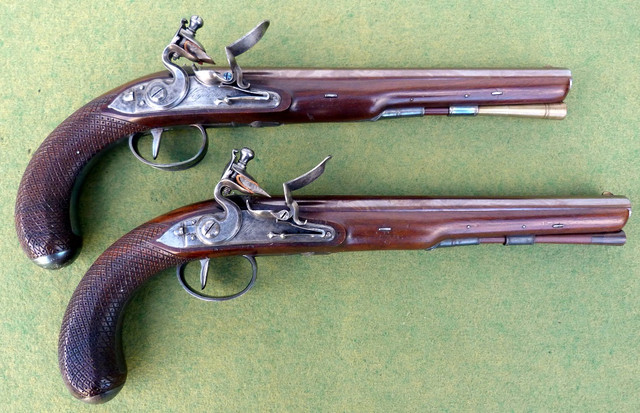 picture upload sites
picture upload sites

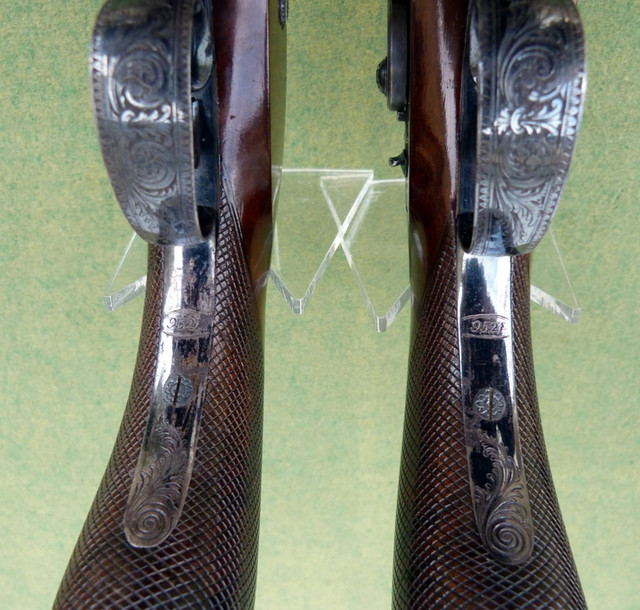
I hope you enjoyed this little essay and deep dive into a nice pair of Wogdon pistols. It was fun to share this.
dave

